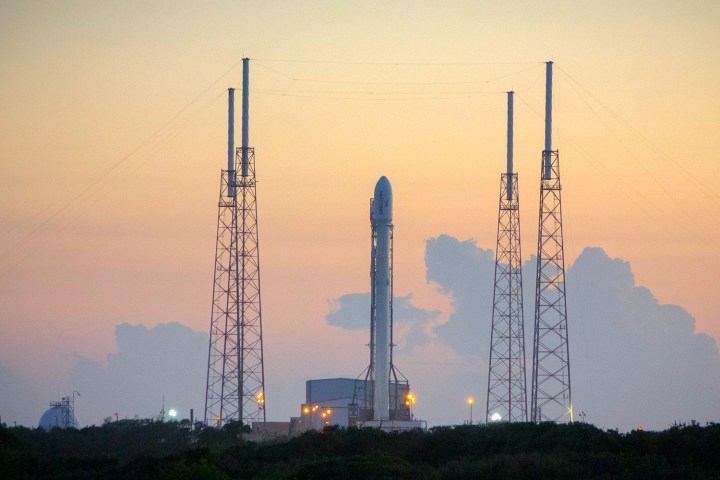
There was much confusion back in January when a secretive SpaceX mission to put Northrop Grumman’s “Zuma” satellite into orbit for the U.S. government failed during the deployment process.
The companies involved have spoken little of the mission, leading analysts to assume the Falcon 9 rocket was carrying a top-secret spy satellite.
With SpaceX declining to declare the mission a success in the hours after the January 7 launch, many speculated that something had gone seriously wrong during the deployment of the billion-dollar satellite.
Following an investigation, government and industry experts have “tentatively” concluded that Northrop Grumman was at the center of the satellite’s failure, the Wall Street Journal reported on Sunday.
The findings back up a SpaceX statement in the days after the incident that insisted its rocket “did everything correctly,” and, importantly, help the Hawthorne, California-based company to maintain the confidence of clients looking to companies like SpaceX to safely deploy their hardware in space.
Unnamed sources claiming to be familiar with the investigation told the Journal that two separate teams of experts have pinned the blame for the disaster on the failure of a Northrop part known as a “payload adapter.”
The adapter was obtained from a subcontractor before being “significantly modified” by Northrop, the Journal reported. It was believed to be part of a mechanism designed to reduce shock and vibration, with the Zuma apparently more sensitive to damage than most other satellites.
Prior to the mission, Northrop Grumman tested the part three times without any notable incident, the sources said. But once it reached space, the adapter apparently failed in zero-gravity conditions, preventing the satellite from detaching from SpaceX’s rocket.
Investigators reportedly believe that the satellite was brought back into Earth’s atmosphere by the returning second stage, before coming free and crashing into the Indian Ocean.
While no official documents have been released about the investigation, SpaceX will nevertheless be pleased that the apparent backing of its initial insistence that its Falcon 9 rocket operated properly.
SpaceX lost a multi-million-dollar Spacecom satellite in a launchpad explosion in September 2016, so another blunder could have cost the company dearly.
The reported findings will make grim reading for Northrop Grumman, however. The Virginia-based company is currently experiencing something of a bad patch, having been criticized by NASA just last month for delays in the development of the James Webb Space Telescope.


